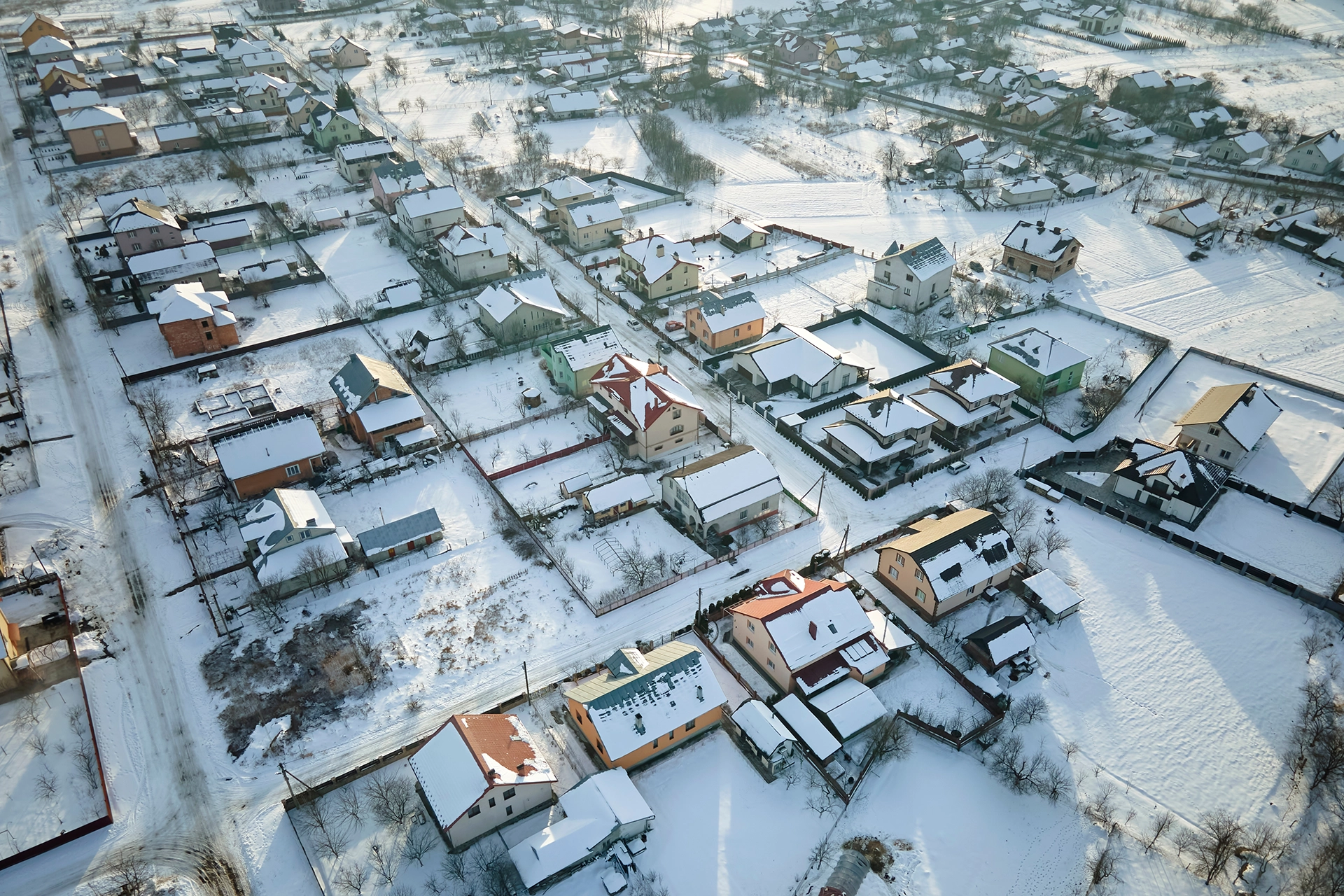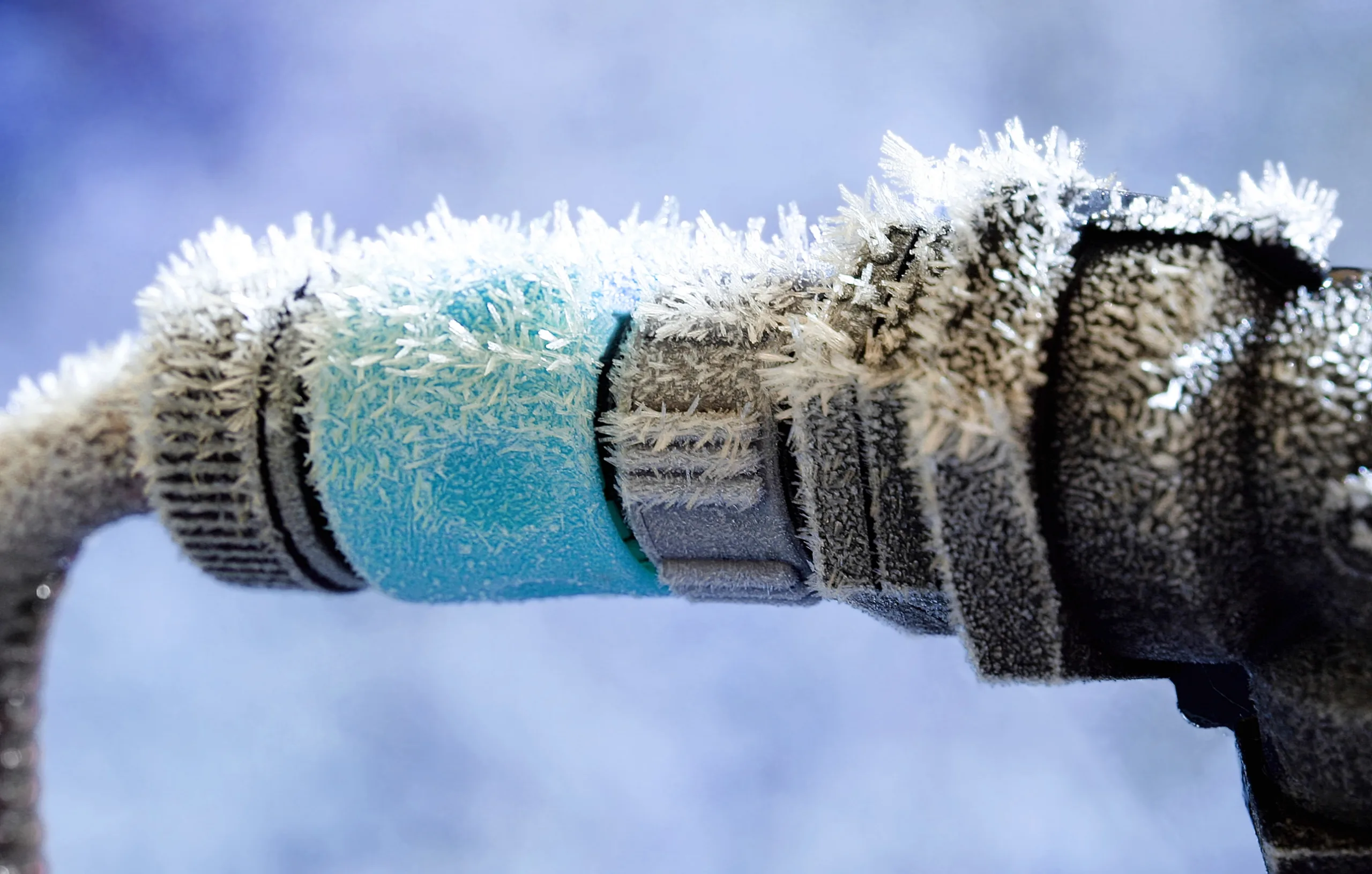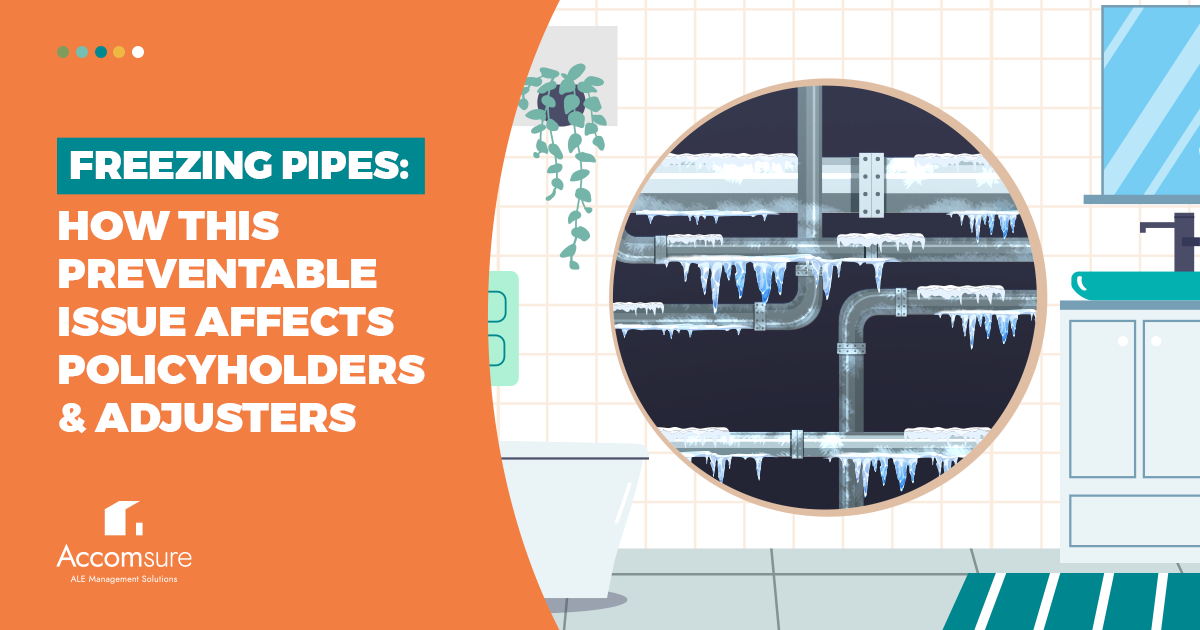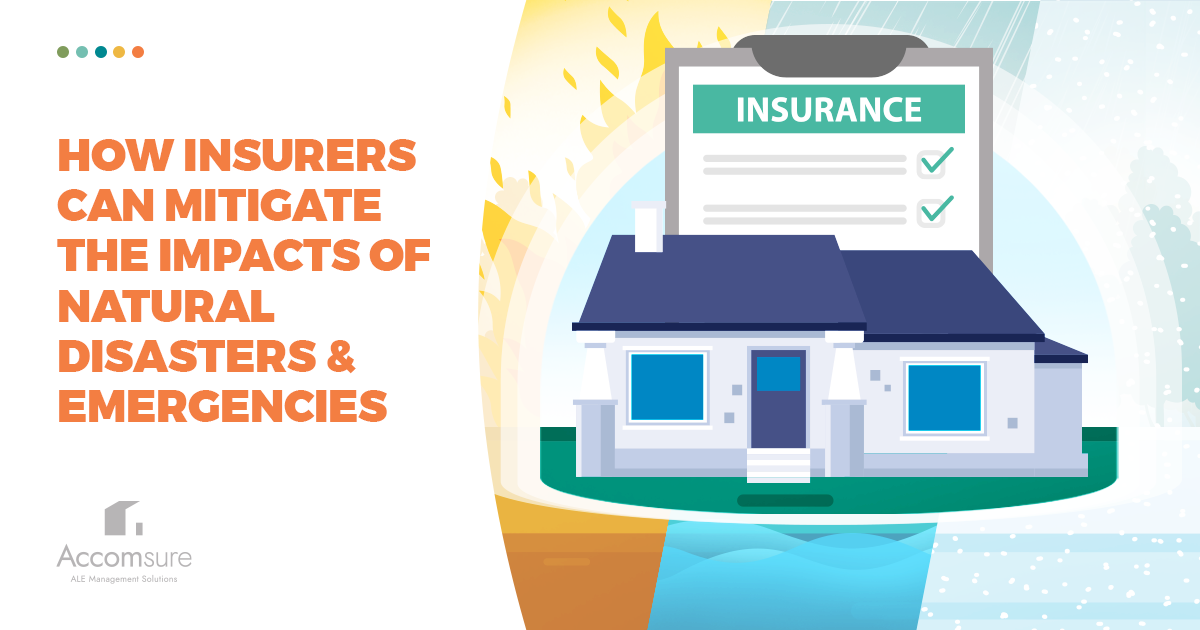Winter is here, and you know what that means! Festive fun, family time, and…. frozen pipes.
As we all know, Canadian winters can reach extremely cold temperatures, and with those cold temperatures comes the risk of pipes freezing.
Frozen pipes aren’t just an inconvenience; they can be detrimental to properties across the country.
When water freezes inside a pipe, it can expand, creating 3,000+ psi. In the worst cases, this pressure can lead to a pipe bursting, resulting in excessive property damage.
In this blog post, we’re diving into this preventable issue, exploring cases where freezing pipes have displaced policyholders, and explaining what you can do should your policyholder become displaced due to frozen pipes.
Cases Where Freezing Pipes Have Affected Policyholders

When frozen pipes burst, they can cause serious property damage, including soaked interiors, waterlogged furniture, structural deterioration, damage to personal belongings, and mould growth.
The following are recent cases where freezing pipes have displaced Canadian policyholders:
- In February of 2023, 60 policyholders across the Maritimes were displaced due to burst pipes causing flooding. Additionally, one couple became displaced as they tried to use a blow torch to thaw their frozen pipes, causing a house fire. Learn more about this story here.
- In February 2023, 42 tenants were displaced in Ottawa due to a sprinkler pipe bursting on the fourth floor of a five-story building. This flooding caused extensive damage throughout the building and knocked out the elevator. Learn more about this story here.
- In December 2022, 19 tenants became displaced after their apartments flooded due to frozen pipes. Unfortunately, they had nowhere to go and were provided with hotel rooms. After four months of living in a hotel, the government had to get involved. Through a $2.5 million grant from a Homeless Action Plan grant, a lodge was bought so the displaced tenants could finally live in a permanent residence. Learn more about this story here.
- In 2019, three policyholders were displaced after a frozen water pipe on the top floor of an apartment building burst, sending water into that unit and two units below. Learn more about this story here.
Those examples just scratch the surface of how freezing pipes have caused displacement for policyholders across Canada.
Causes of Freezing Water Pipes

In Canada, where temperatures are below freezing between November and March, it’s important to understand the causes of freezing pipes and the effects they have.
The following are six things that can make pipes more susceptible to freezing.
-
Open Doors/Windows
When cold air blows in through an open door or window and comes into contact with pipes, it can reduce the pipe’s temperature, which can cause it to freeze.
-
Low Depth of Pipes
The depth at which pipes are buried can also play a role. Pipes that are not buried deep enough may be more affected by ground frost. In regions where ground frost is common, building codes often require that pipes be buried below the frost line (the maximum depth to which the ground typically freezes) to prevent freezing.
-
Older Pipes
Pipes that are several decades old may be more prone to freezing. Over time, pipes can develop wear and tear, including corrosion, rust, and thinning of their walls. These aging pipes may not have the same structural integrity as newer ones, making them more vulnerable to freezing and bursting when exposed to cold temperatures.
-
Metal Pipes
The type of material used in pipes can significantly affect their freeze resistance. Metal pipes, such as iron or steel, are particularly susceptible to freezing because they conduct heat away from the water inside more efficiently. They also have less flexibility, which makes them more likely to burst when water inside them freezes and expands.
-
Poor Insulation
Uninsulated pipes can freeze when temperatures reach just -6°C.
Poor insulation is a significant factor in causing pipes to freeze. Insulation serves as a protective barrier against extreme temperatures by maintaining a stable environment around the pipes.
When pipes are not properly insulated, cold temperatures can lead to faster heat loss from the water inside the pipes, which makes them more susceptible to freezing.
-
Location of the Pipe
The pipe’s location within the home can significantly influence the likelihood of freezing. Pipes located in the following areas are more prone to freezing as they are typically more exposed to colder temperatures:
- Crawl spaces
- Basements
- Exterior walls
- Near windows/doors
- Garages
- Attics
Exterior pipes, such as those for outdoor faucets or sprinkler systems, are also at risk because they are directly exposed to freezing temperatures. Even if these pipes are insulated, they can be susceptible to freezing when temperatures drop significantly.
How Policyholders Can Mitigate The Risk Of Frozen Pipes
Here are a few things your policyholders can do to lessen the chances of a pipe freezing and bursting in their property:
- Keep doors and windows shut when the temperature drops below 0°C.
- Ensure the heat in the home is always on, even if the policyholder is on vacation.
- Seal any gaps or openings in areas where the pipes are exposed to cold air.
- When the temperature outdoors is extremely cold, allow faucets to drip to relieve any excessive pressure in the pipes.
- Disconnect and drain outdoor faucets and sprinkler systems.
- Properly insulate and ventilate attics and crawl spaces to maintain a consistent temperature in these areas.
- Use temperature-monitoring devices that can provide an alert if the temperature around the pipes drops to a dangerous level.
- Periodically have a professional plumber inspect plumbing systems, especially in areas prone to freezing
What to Do Should Your Policyholders Become Displaced Due to Freezing Pipes
Should your policyholder become displaced due to damage caused by freezing pipes, lean on Accomsure for support.
As Canada’s go-to ALE management company, Accomsure can help displaced policyholders find temporary accommodations that meet their unique needs within their policy limits. With our support, adjusters can focus on the claims and get policyholders back home as quickly as possible.
Submit a claim or contact us to learn more.




